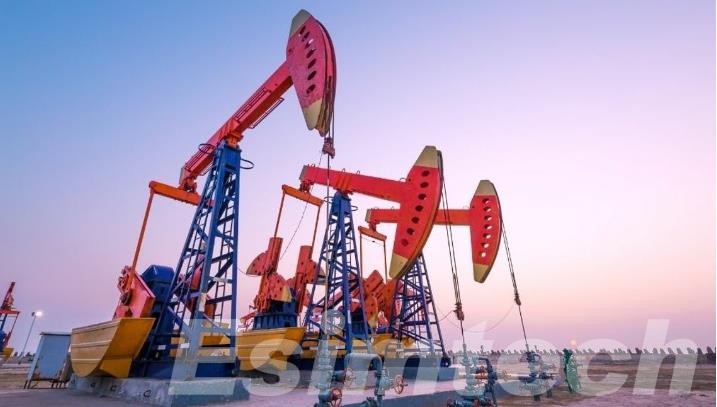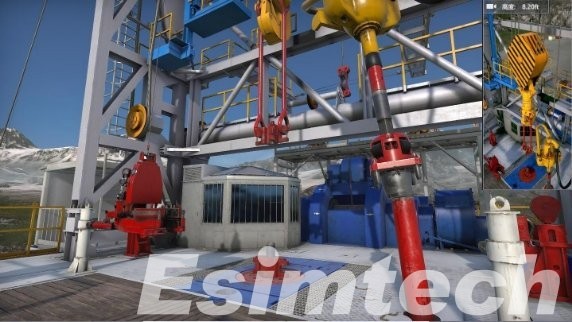Next-Generation Drilling: Technologies and Trends Shaping Tomorrow’s Oil & Gas Wells
Next-Generation Drilling: Technologies and Trends Shaping Tomorrow’s Oil & Gas Wells
Blog Article

As the global hunt for hydrocarbons pushes ever deeper—into ultra-deepwater basins, polar frontiers,
high-pressure/high-temperature (HP/HT) formations, and unconventional reservoirs—drilling engineers face a dual mandate: slash well costs while maximizing recovery. Over the past decade, remarkable breakthroughs in rotary steerable systems, extended-reach drilling, micro-seismic monitoring, and high-precision fracturing have redrawn the technical boundaries of what is possible. This article distills the latest progress in drilling, completion, and stimulation tools, and maps the development trends most likely to dominate the next wave of oil-field innovation.
1 · Unrelenting Pressure for Speed and Efficiency
The simplest metric of drilling performance remains the rate of penetration (ROP)—feet per hour through rock. Operators worldwide continue to chase double-digit ROP gains using polycrystalline diamond compact
(PDC) bits with anti-whirl cutting layouts, high-torque top drives, and real-time drilling optimization algorithms. Advanced vibration-damping subs and automated weight-on-bit controls suppress harmful stick–slip and bit bounce, keeping cutters sharp and trajectories smooth even in interbedded formations. Field data from the Permian Basin and Ordos tight-gas plays show composite gains of 15–40 % in section drilling speed once these tool families are deployed as an integrated system.
2 · Deepwater & HP/HT Equipment: Pushing the Envelope
Moving offshore, the race to develop equipment that thrives in 3,500 m water depth and
240 °C bottom-hole conditions continues unabated. Dual-activity drillships—many designed with modular oil rig design principles—cut turnaround time by allowing parallel pipe handling and BOP maintenance. Next-generation subsea blowout preventers feature shear rams rated beyond 20,000 psi, while composite risers and titanium stress joints lighten the string and enlarge weather windows. Smart completions with multi-position sliding sleeves and fiber-optic gauges enable selective production control and early water-breakthrough detection,
vital in billion-dollar deepwater developments.

3 · Precision Hydraulic Fracturing: From Mass to Smart Stimulation
In shale and tight-sand plays, the mantra has shifted from “bigger frac, better well” to “right-sized frac,
optimized cluster efficiency.” High-resolution fiber-optic sensing combined with distributed acoustic monitoring (DAS) maps fracture growth in real time, guiding engineers to adjust pump schedules on the fly.
Dissolvable diverters, ultra-high-strength ceramics, and low-viscosity nano-fluid systems unlock pay zones
once labeled “frac-resistant.” Meanwhile, zipper-frac logistics and dual-fuel turbine pumps reduce cycle times and carbon intensity, keeping unconventional production competitive even in volatile markets.
4 · Geology–Engineering Integration: Real-Time Reservoir Insight
“Listen to the rock” has become more than a slogan. Modern logging-while-drilling (LWD) platforms combine quad-combo resistivity, azimuthal density, and ultra-deep electromagnetic sensors to peer several meters ahead of the bit. When paired with while-drilling formation tests, operators can acquire mobility and pressure-gradient data minutes after drilling each stand. These measurements feed geosteering engines that keep wells within a two-foot pay corridor over 3-km laterals—delivering both stellar production profiles and reduced water cut. The trend toward subsurface digital twins will accelerate as real-time data pipelines and high-fidelity earth models mature.
5 · Automation and Intelligent Rig Systems
Fully automated pipe handling, robotic catwalks, and AI-driven drilling advisory systems are migrating from flagship projects to everyday land rigs. Closed-loop control modules adjust surface parameters 40 times per second, optimizing bit aggressiveness while preventing influx or loss. Integrated condition-monitoring dashboards predict equipment failures days in advance, minimizing non-productive time (NPT). Beyond technical gains, automated rigs enhance workforce safety by removing personnel from red zones. Many of these innovations were conceived during iterative prototyping in virtual oil rig design environments,
allowing engineers to test ergonomics, maintenance access, and load paths long before steel hits the yard.
6 · Sustainable Drilling: Cost, Carbon, and the Digital Edge
ESG mandates are rewriting operational priorities. Hybrid grid-battery power systems smooth diesel generator loads, cutting fuel burn by up to 12 %. Water-based muds formulated with biodegradable lubricants replace traditional oil-based systems in sensitive basins, while cuttings re-injection mitigates surface disposal risks. Perhaps most transformative, high-fidelity simulators—like the one featured in the video above—allow teams to rehearse complex contingency scenarios, avoiding costly mistakes in the field. The U.S. Department of Energy reports that operators combining digital workflows with advanced hardware have shaved an average USD 1–2 million per well in U.S. land
basins—proof that sustainability and profitability can coexist.
7 · Outlook: Convergence of Disciplines
The overarching trend is convergence of geology and engineering, hardware and software, surface and
downhole. As cloud-native data platforms, 5G rigsite connectivity, and machine-learning algorithms mature,
decision cycles will shrink from hours to seconds. Success in the next decade will belong to operators and service companies that master this integration, coupling robust mechanical designs with real-time analytics and environmentally responsible practices.
From ultra-deepwater megaprojects to thousands of factory-style shale wells, the drilling industry is racing toward faster, safer, and greener operations. Advances in drilling dynamics, HP/HT materials, precision fracturing, and intelligent automation are expanding the frontiers of what can be economically tapped. By leveraging oil rig construction best practices and cutting-edge digital technologies, the industry is poised to unlock resources once deemed unreachable—fueling the world while navigating an era of heightened environmental and economic scrutiny.
© 2025 All insights compiled for educational purposes. | For more information, visit the U.S. Energy Information Administration (EIA).
Report this page